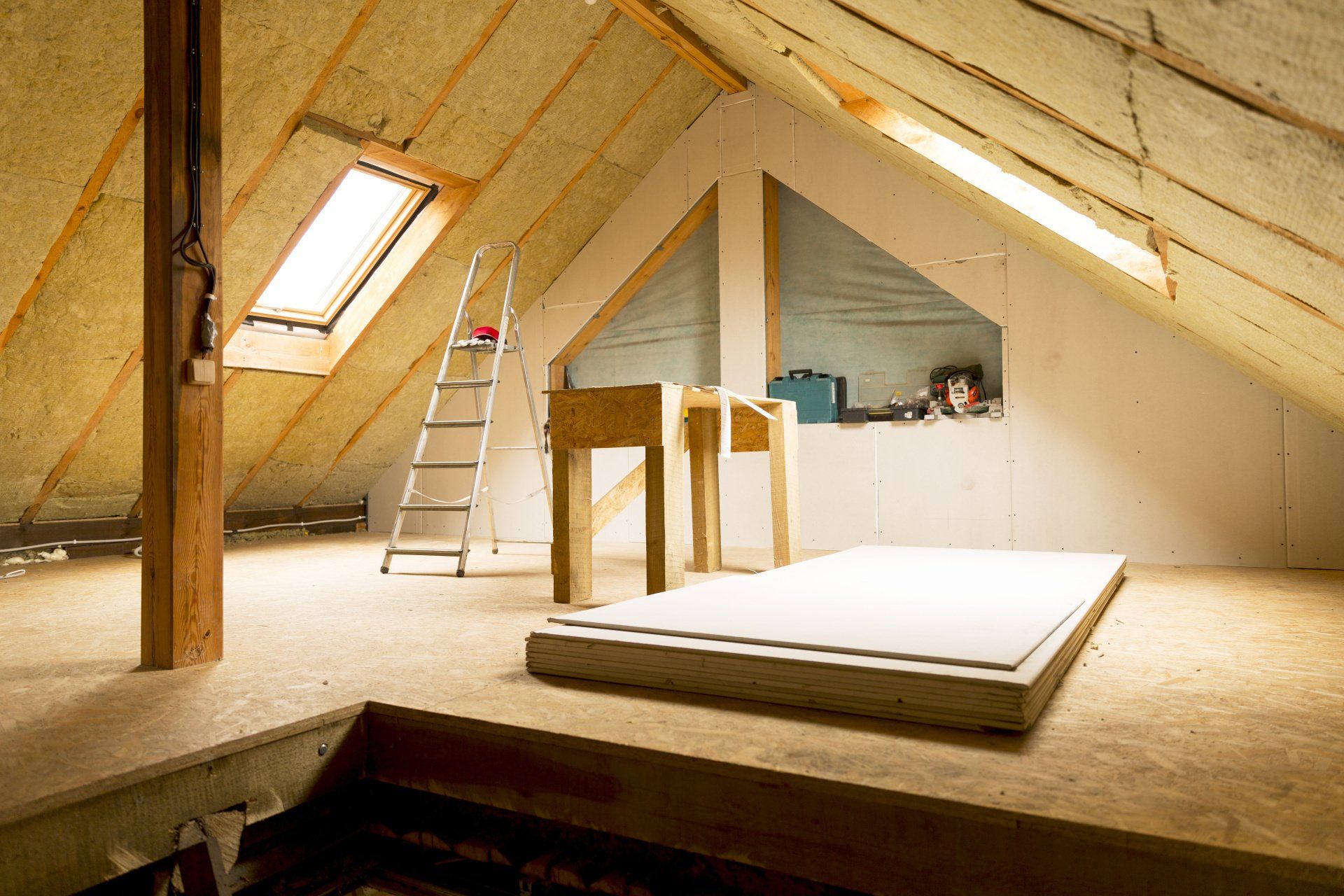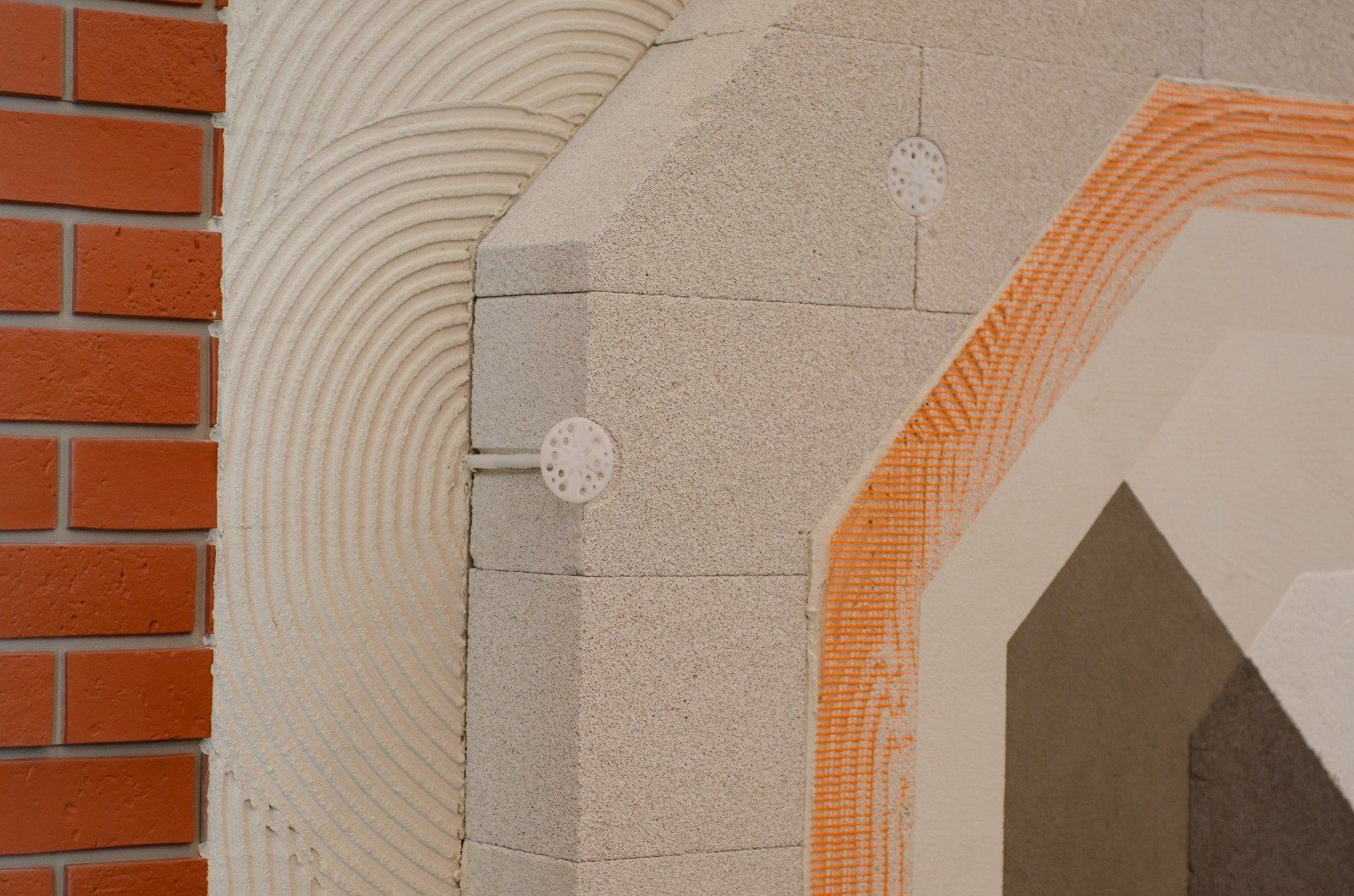Our Blogs

Are you searching for the best attic insulation? The best attic insulation may seem expensive but with the help of the SEAI grant, you can get the best value for your home. During the winter season, we use the heating more frequently and you may be searching for a way to reduce the bill as well as to keep your home warm. To help you with this, here are some pros and cons: This blog will give you an idea about attic insulation and the advantages and disadvantages. What is attic insulation? Attic insulation is a type of house insulation that is used to prevent heat from leaving through the roof. Heat transfer is prevented by inhibiting the conduction, convection, and radiation of heatwaves. Mainly the heat is lost from the attic and the roof of the house. The attic insulation is so important to keep your home warm during extreme weather conditions and to keep you and your family comfortable during the winter, as well as keeping the heat out when we get the odd warm day. The size of your house and the materials used to build it does not impact what insulation is best for you. There are several attic insulation materials and installations. R-Value is the key point that determines the insulation strength. R-value is a measure to determine the capacity of the material to inhibit heat transfer. The R-value will depend on the following factors: Type of material in which it is built of The thickness of the material The density of the used material When the R-value is higher, it is more effective and prevents heat transfer. Different R values are suitable for different climatic conditions and regions. You can select the best attic insulation material by considering its strengths and weaknesses. Pros and cons of today’s most popular attic insulation Fiberglass The R-value can vary from a low value to a high value. Specially prepared high-density fiberglass will have a high R-value. Some of the advantages of the fiberglass are: Resist to moisture Less expensive Fire resisting ability To not shrink when time pass. Insects will not use nib. Cellulose Cellulose for the insulation is obtained from wood to recycled paper. So this is an environment-friendly product but is flammable, the consumers are instructed to avoid fire. T his is a cheap method, but there are some disadvantages: Naturally, cellulose is having water holding capacity. So it absorbs moisture. This can sag over time. This can produce dust and affect your respiratory system. Mineral wool Although mineral wool is expensive, it has some great advantages. Totally inflammable. Water resisting ability. It will absorb water even during a leak. Prevent outside sound from entering the house Foam Foam insulations are normally used in industrial insulations. Form an airtight insulation layer and prevent entering contaminates Highly impermeable to water Prevent sound conduction

We should all know by now the importance of insulating your home, especially considering the winters we get in Ireland and the likelihood of dampness and mould. Which I'm sure we can all agree that we don’t want in our homes! But we shouldn’t just use any old insulation for the sake of it, we need to ensure we are choosing the correct material for our homes and climate. I also believe we are gone from the days of only using mineral fibre insulation such as Rockwool for our cavity insulation. As there is evidence supporting that the use of only cavity insulation can down the line result in dampness and mould. We need to start insulating homes both internally and externally, and for very great reasons. Not only does it make a huge difference in the comfort of our homes for you and your family but the savings on heating is massive! We also know that we have to reduce our greenhouse gases and to work together to look after our environment, so by insulating our homes properly is a win win all round. So, let's get to know the different types of ways to insulate your home. Fiberglass Fiberglass is one of the most frequently used materials in insulation material. Fiberglass material is made of recycled glass fragments and pure sand. You can purchase this material in blankets or sheets. Because of its soft structure of glass fiber insulation, irregularities can be removed easily. Also, fiberglass is a budget-friendly material. It is manufactured to slow the airflow through the material. Cellulose Cellulose insulation is the oldest material for home insulation. You can use cellulose insulation for loose-fill insulation types. It is perfect to use in both the new and old house. The cellulose can be used in an enclosed wall, open new wall, and unfinished attic floors. Some companies make cellulose insulation from recycled newsprints. The cellulose is also treated for fire resistance. This material is packed tightly to reduce the airflow. Rock Wool The rock wool is also called mineral or slag wool. Rock wool is manufactured by spinning or drawing fibers from molten materials to create insulation. The rock wool is much similar to fiberglass. Rock wool insulation is available in the form of dense mats. This dense mat can be adjusted in convenient-sized batts of insulation. You can use rock wool insulation for walls, floors, ceilings, attics, and crawl spaces. Choose the Type of Insulation The other thing you have to determine is the type of insulation. There are mainly two types of insulation Batt & Roll insulation and loose-fill insulation. Batt and Roll Insulation The batt and roll insulation is also known as blanket insulation. Blanket insulation is made of mostly fiberglass. However, sometimes it is made up of mineral wool as well. The batt insulation is available in several widths and pre-cut. You can use this type of insulation in unfinished walls, floors, and ceilings. This type of insulation can be fitted between joists and beams. But make sure those beams are free from obstructions like pipes, wiring, and ducts. It is useful for DIY projects as well. Loose Fill Insulation The loose insulation is also called blown-in insulation. This is a great type of insulation for tight spaces and topping off existing insulation. The loose-fill insulation is also the type of attic insulation. It is made of loose fibers and recycled paper products like newsprint, cardboard, and paperboard.

